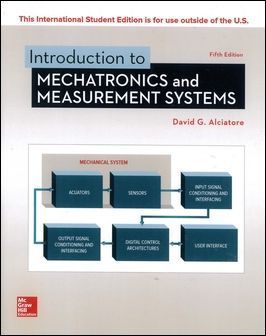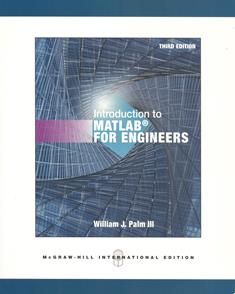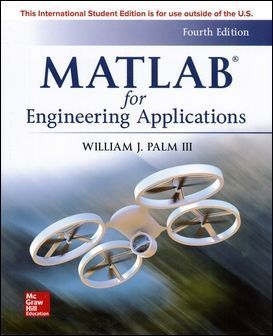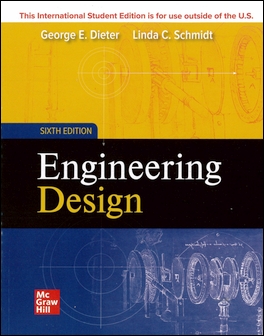書籍分類
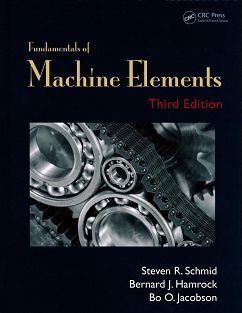
Fundamentals of Machine Elements 3/e
作者:Steven R. Schmid, Bernard J. Hamrock, Bo. O. Jacobson
原價:NT$ 1,350
ISBN:9781439891322
版次:3
年份:2014
出版商:Taylor & Francis
頁數/規格:610頁/精裝雙色
版次:3
年份:2014
出版商:Taylor & Francis
頁數/規格:610頁/精裝雙色
內容介紹 本書特色 目錄
- Description
Fundamentals of Machine Elements, Third Edition offers an in-depth understanding of both the theory and application of machine elements. Design synthesis is carefully balanced with design analysis, an approach developed through the use of case studies, worked examples, and chapter problems that address all levels of learning taxonomies. Machine design is also linked to manufacturing processes, an element missing in many textbooks.
The third edition signifies a major revision from the second edition. The contents have been greatly expanded and organized to benefit students of all levels in design synthesis and analysis approaches.
Fundamentals of Machine Elements, Third Edition can be used as a reference by practicing engineers or as a textbook for a third- or fourth-year engineering course/module. It is intended for students who have studied basic engineering sciences, including physics, engineering mechanics, and materials and manufacturing processes.




